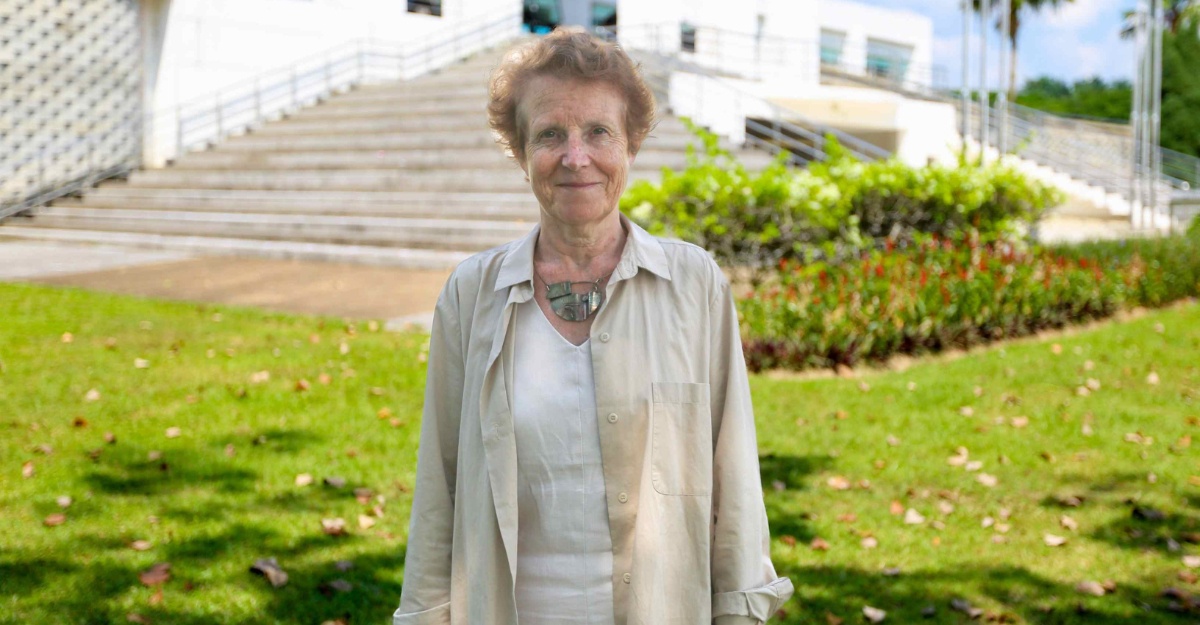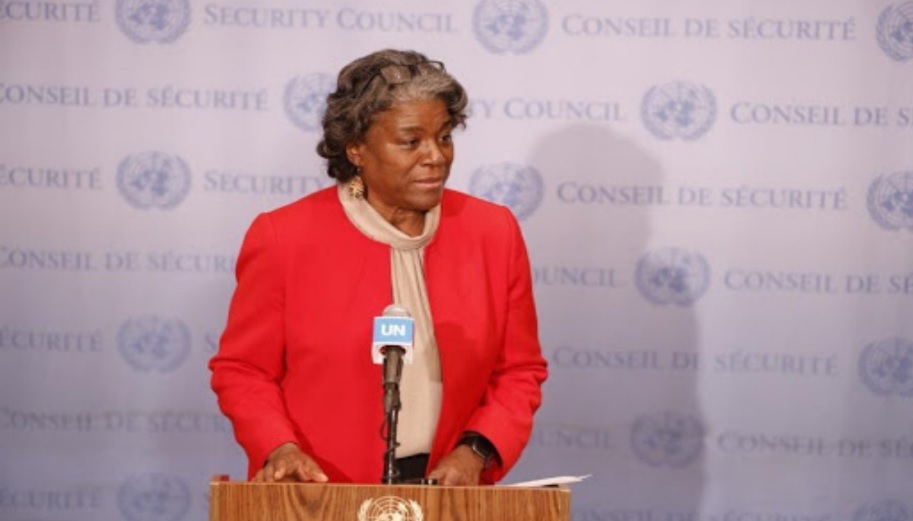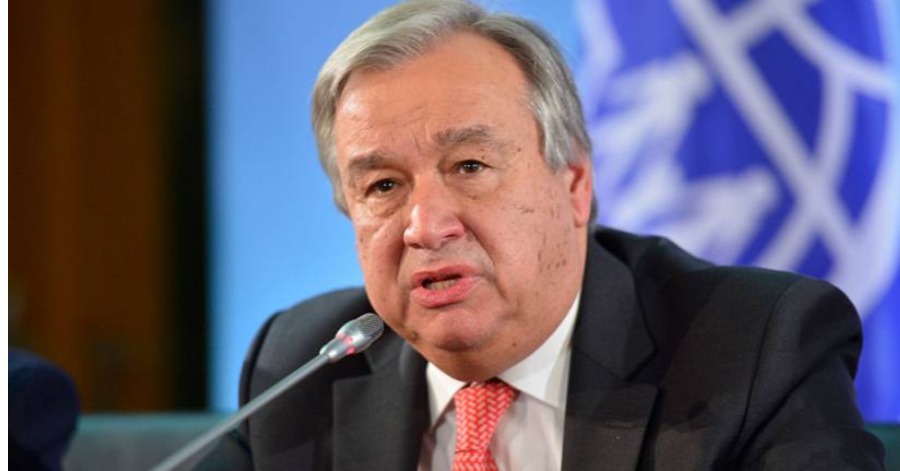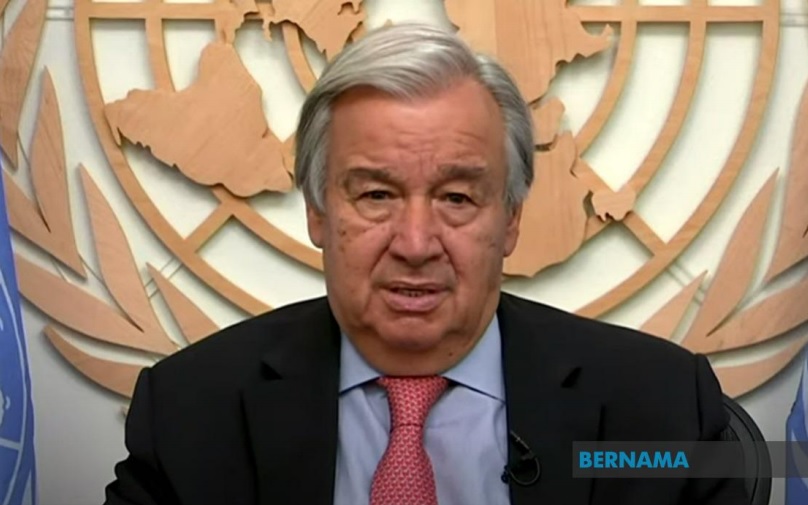Happy World Habitat Day! The United Nations (UN) designated the first Monday of October of every year as World Habitat Day to reflect on the state of our habitats, and the basic right of all to adequate shelter. It is also a day intended to remind the world that we all have the power and responsibility to shape the future of our cities and towns.
Since 2007, over 50% of the world’s population has been living in cities. By 2050, it is estimated that 70% of people will live in urban areas. Urban areas in Less Developed Countries (LDCs) will be the locations of almost all of the global population growth up to 2030, with most growth expected to be seen in South Asia, East Asia, and Southeast Asia.
Understanding The Cause and Effect of Our Urbanising World
Although we tend to think of megacities (populations of more than 10 million), the reality is that most people live in smaller cities and urban areas which perhaps receive less attention than they should.
Urban areas provide opportunities such as employment and education, but also many challenges. Inequality is rising in cities, with many facing a lack of access to basic infrastructures such as clean drinking water, a good sewerage system, and reliable electricity. Many cities are also affected by poor air quality as road networks are increased and public transport is not expanded to meet the potentially growing demand. In some cities, poor air quality also arises due to a lack of access to clean fuels for cooking and heating.
Uncontrolled, or poorly controlled urban development leads to habitat destruction and a lack of green spaces which are important for general wellbeing. This lack of access to open spaces became very apparent during the COVID-19 pandemic, with the poorest being the worst affected. The presence of vegetation in urban areas is known to improve air quality, but this is often ignored when plans are drawn up.
In the context of anthropogenic climate change (climate change caused by human activity), cities are key contributors. They account for between 60 and 80% of energy consumption and generate as much as 70% of anthropogenic greenhouse gases. As the climate warms, heat extremes in cities are going to increase, particularly affecting the poor, the very young, and the elderly in the community. Increasingly intense rainfall forecasts for many tropical areas will increase the risk of flooding, along with the disruptions and damage it causes. This is a phenomenon that is in no way new to Malaysia. In fact, a mere 10 months ago in December 2021, the nation faced floods that affected numerous communities in the Klang Valley and other states.
Big And Small Ways To Shape The Future Of Our Cities And Towns
Thinking about how we design our cities and increasing green infrastructure can help us both to adapt to and mitigate the effects of climate change. It can reduce excessive heating and also help to improve the quality of air in our urban environments, bringing with it various health benefits. Increasing green spaces will improve biodiversity, especially if green corridors can be introduced to allow animal species to move, mitigating encroachment into areas populated by humans, thus improving the coexistence of both groups.
Fewer impermeable surfaces or replacing them with permeable pavements, seen in ‘sponge cities’, as well as Green Rooftops to intercept rainwater and reduce runoff in response to heavy rain, can reduce the risk of flooding. The potential benefits of rethinking our urban habitats are many.
Even simple things like cultivating plants attractive to pollinators like birds, bats, butterflies, moths, and beetles can help. These include sunflowers, hibiscus, tomatoes, aubergines, and herbs like dill and coriander among others. Furthermore, urban gardens can improve both access to fresh food and well-being.
Sustainable Cities and Communities is one of the key UN Sustainable Development Goals (SDG11). With care and collaboration, building cities that are good for people and the environment should be possible. This will, however, require new approaches to thinking across many sectors, private and public alike, and determined action from both central and local governments, to support growing pressures from communities to build a greener, healthier, future.
Professor Sarah Metcalfe
University of Nottingham Malaysia (UNM)
Interim Provost, CEO, and Professor in Earth and Environmental Dynamics








